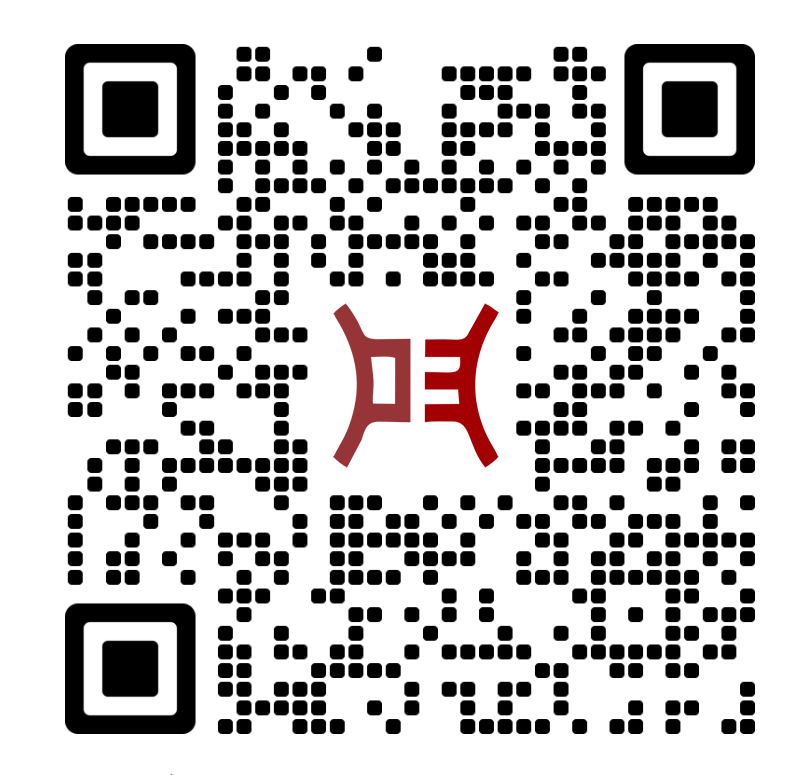As a key component in optical communication systems, optical modules act as transmission media between network devices to send and receive data. Currently, there are many articles on optical modules on the market, but only a small number mention the internal structure of optical modules. This article will detail the internal structure of optical modules, allowing you to better understand their composition.
Internal structure of optical module
The optical module is mainly composed of three parts: the housing, the optical device, and the integrated circuit board. When you open the metal housing of the optical module, you will find that the internal components are connected to each other. Here we will focus on introducing the optical device and the integrated circuit board.
Optical devices
Optical components are the core components of optical modules. Different types of optical modules use different types of optical components.
1. TOSA and ROSA in common optical modules
For ordinary optical modules, there are two types of optical devices, TOSA and ROSA, which have opposite effects.

(1) What is TOSA?
TOSA refers to optical emission components, whose main function is to convert electrical signals into optical signals. Composed of a light source (semiconductor light-emitting diode or laser diode), optical interface, monitoring photodiode, metal or plastic casing, and electrical interface. However, the TOSA composition structure is not the same layer. For optical modules with different transmission distances or applications, TOSA may have other components, such as filters.

Nowadays, most optical modules use laser diodes (LD) as light sources. Unlike semiconductor light-emitting diodes (LED), laser diodes have lower power consumption, higher output power, and higher coupling efficiency. However, semiconductor light-emitting diodes are still used for low-rate and short-distance transmission due to their low cost and long service life. The following figure shows the TOSA structure using laser diodes.
What is ROSA?
ROSA refers to the light receiving component, which mainly converts optical signals transmitted from TOSA into electrical signals. ROSA consists of a photodiode, an optical interface, a metal or plastic housing, and an electrical interface. Similar to TOSA, the specific components of ROSA depend on the specific function and application of the optical module. It may also have other components such as amplifiers, designed to restore input signals that have been degraded due to long-distance transmission. Among them, the preamplifier converts current signals into voltage signals and amplifies them to high voltage gain, while the post-amplifier equalizes the signal output by the preamplifier to an amplitude level suitable for output to subsequent digital circuits.
This combination of ROSA and TOSA components forms the main element of the optical module, which is used to transmit and receive signals.
2. BOSA in BiDi optical module
BOSA refers to a bidirectional optical transceiver component. As its name suggests, BOSA is related to BiDi optical modules. BOSA emerged with the development of optical module manufacturing technology. As optical modules tend to be smaller in size, TOSA and ROSA need to be integrated during the coupling process. BOSA integrates TOSA, ROSA, and WDM filters together, using wavelength division multiplexing technology to couple two wavelengths into the same fiber for transmission.
integrated circuit board
1. What is PCBA?
PCBA refers to integrated circuit boards, also known as printed circuit boards. SMT patching and DIP plug-ins are commonly used methods in the PCBA production process. The entire process of PCB blank board through SMT patching or DIP plug-ins is called PCBA. Welding active and passive electronic components onto the integrated circuit board, and then placing it inside the optical module. In simple terms, PCBA is actually a thin plate with integrated circuits and other electronic components, which can fix the integrated circuits and other electronic components to ensure the quality, functionality, etc. of electronic devices.
2. The difference between PCBA and PCB
In short, the main difference between PCBA and PCB is that PCB is a bare board (empty board) and PCBA is a finished board. PCB is a printed circuit board, which is the carrier for electrical connection of electronic components, while PCBA is the process of PCB processing and manufacturing. That is to say, PCB is an empty printed circuit board without any parts, and it becomes PCBA after SMT patching or DIP plug-in processes.


